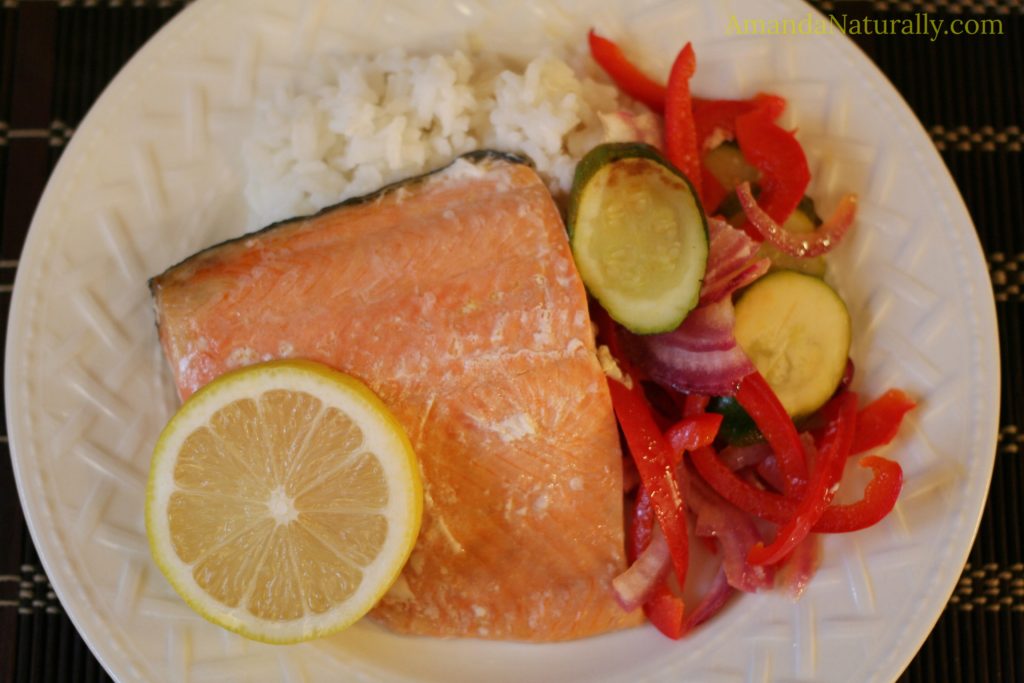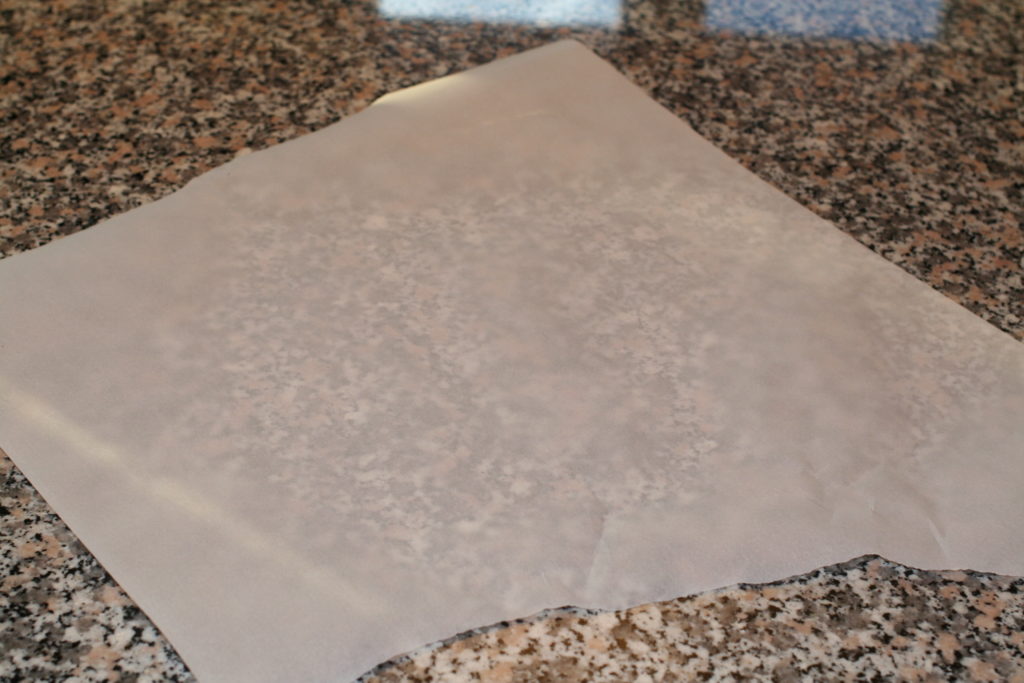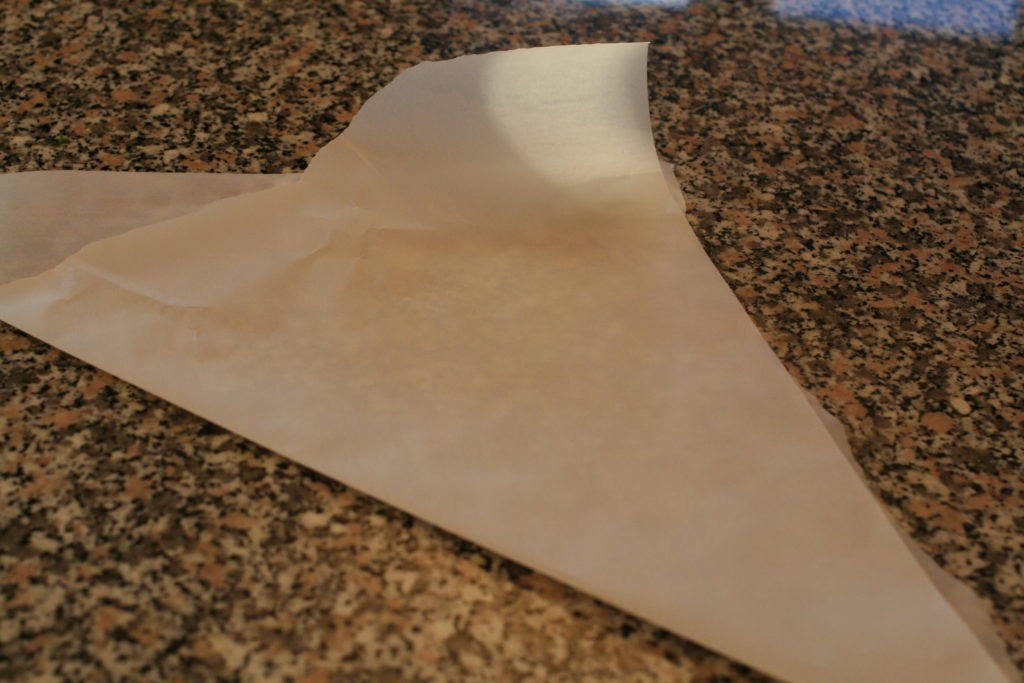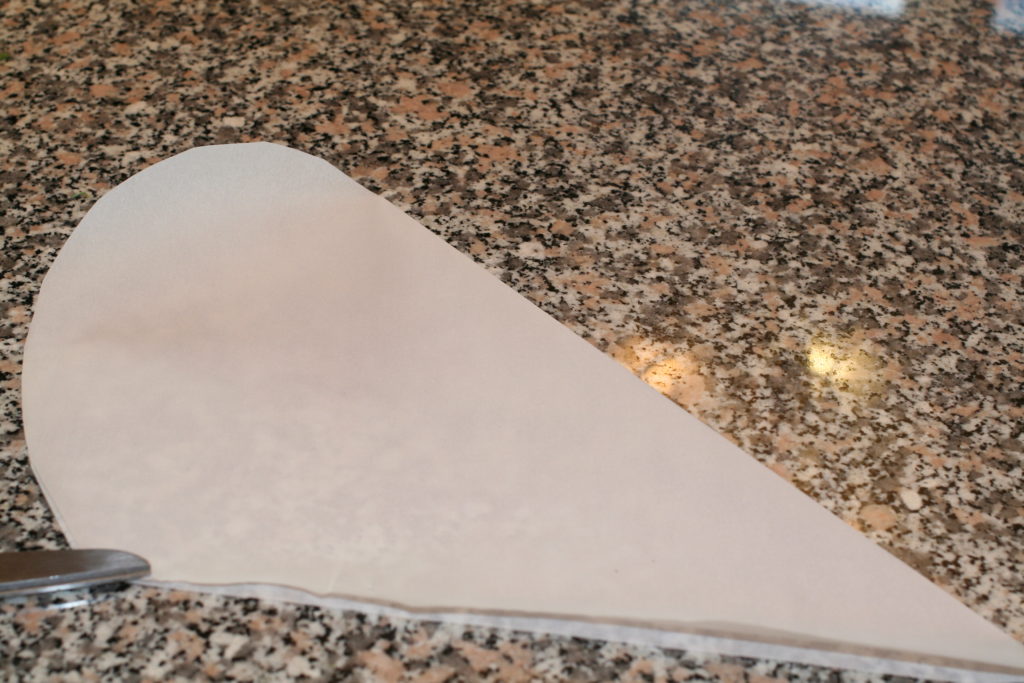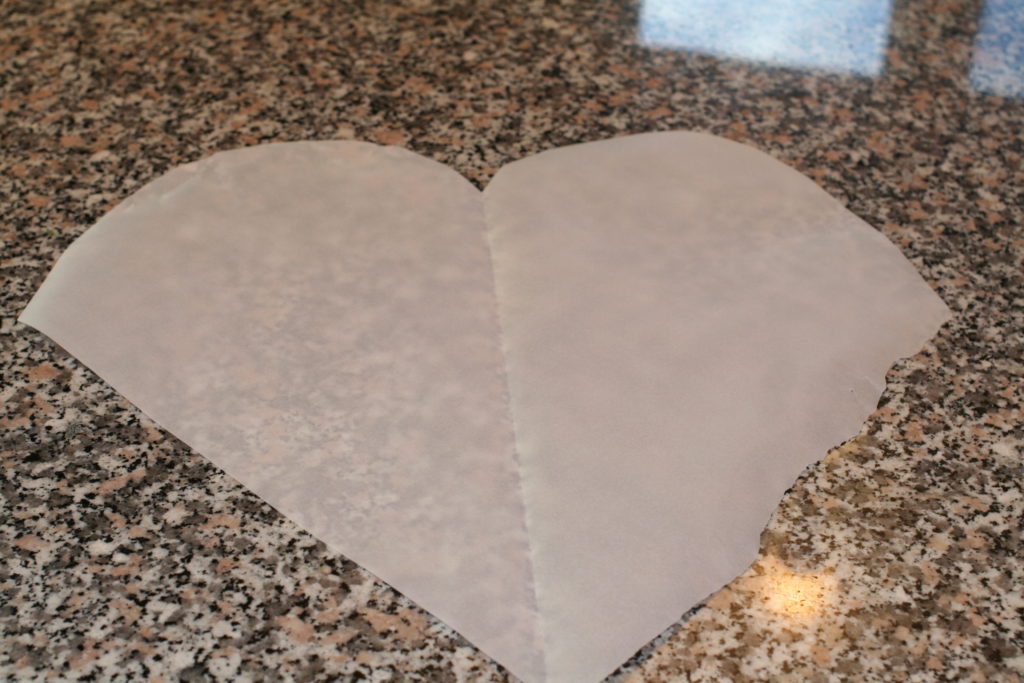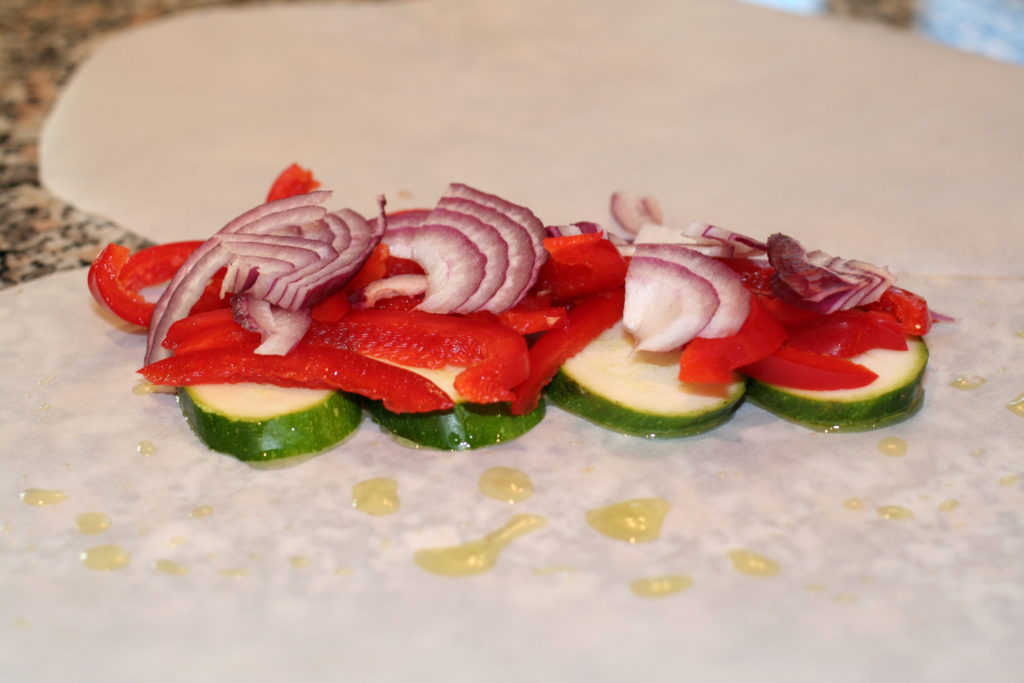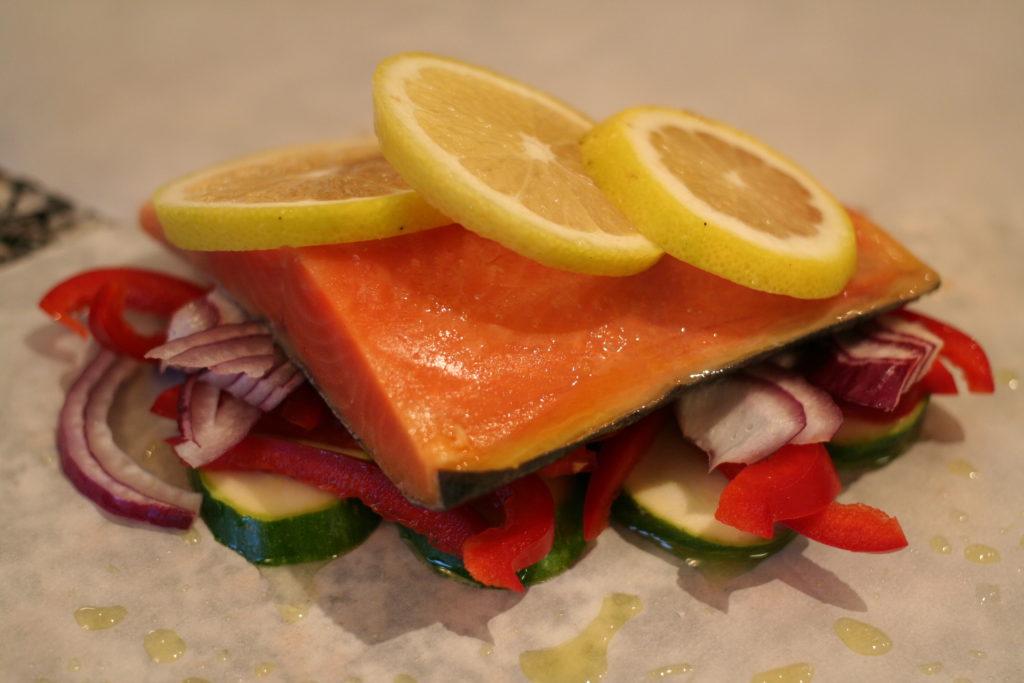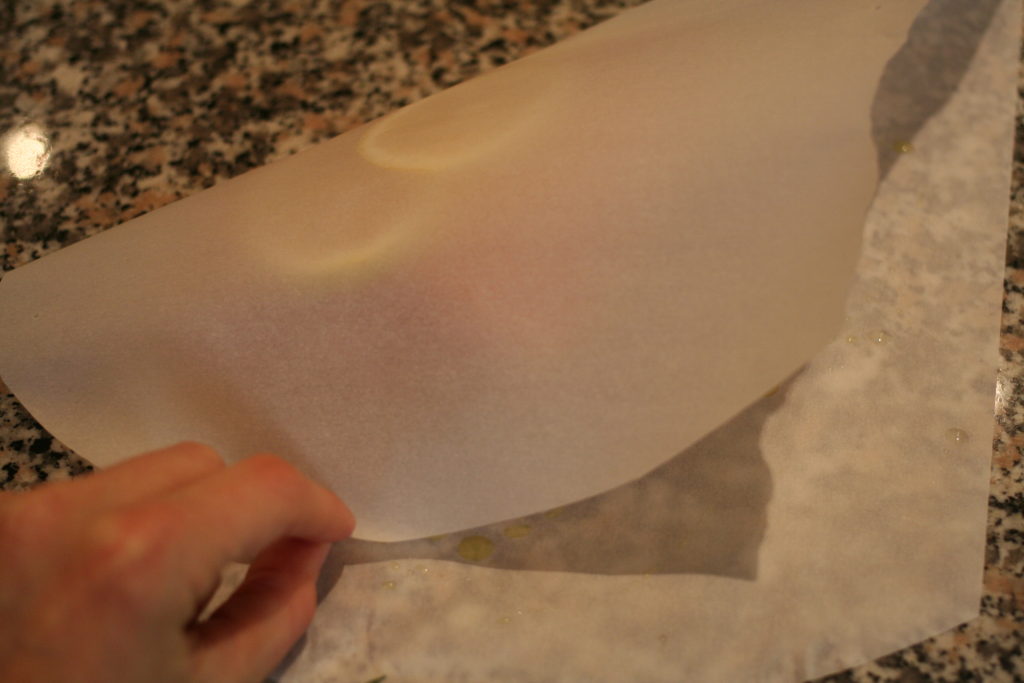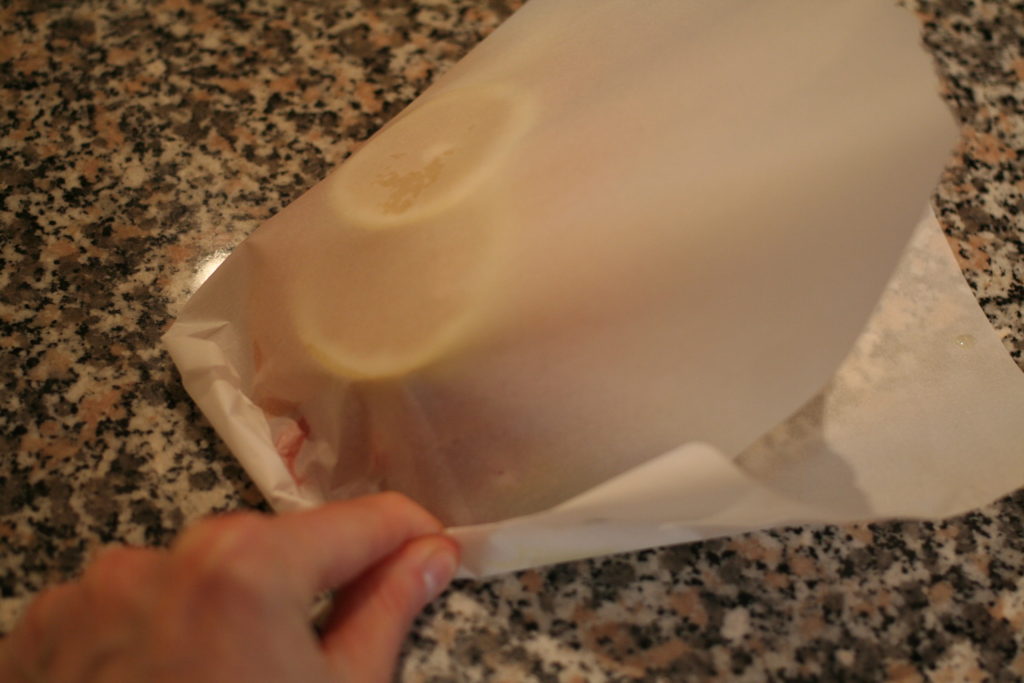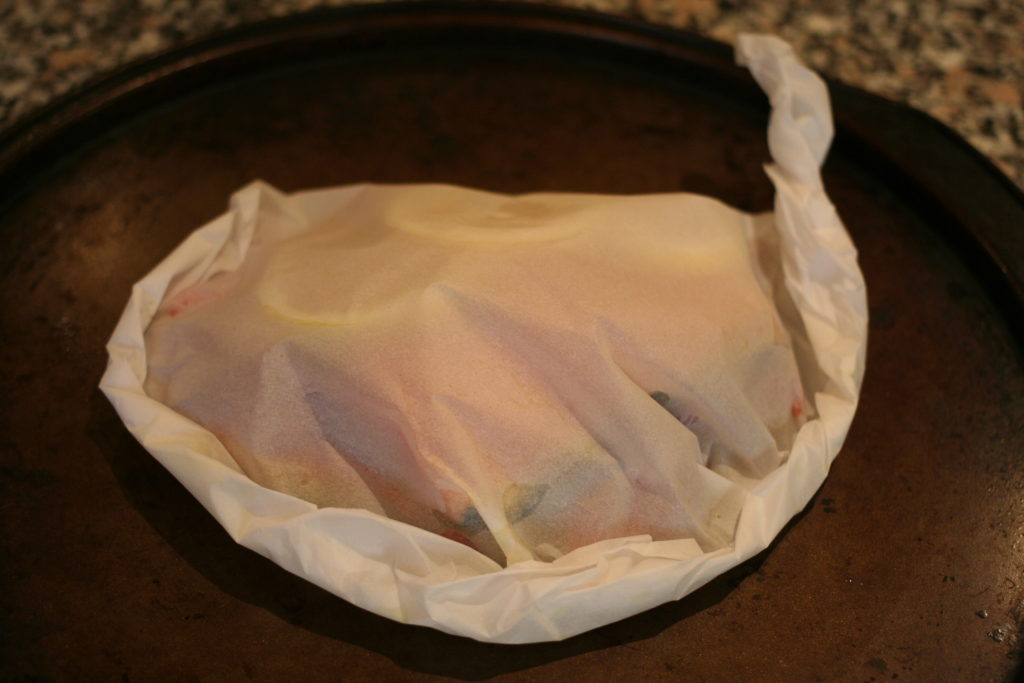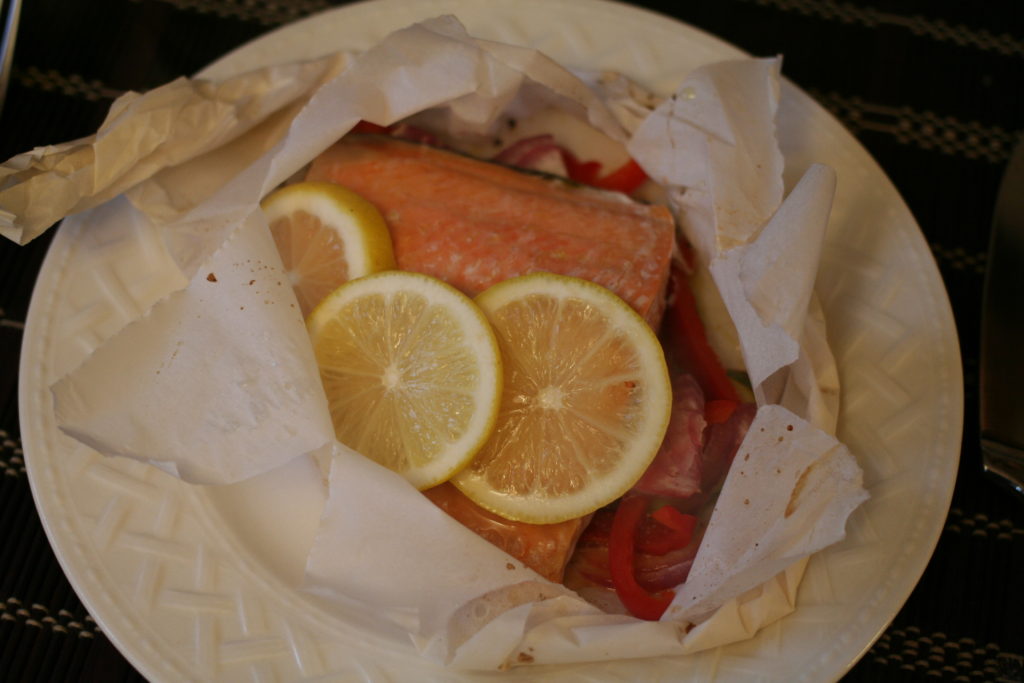
When you start down the path of more natural living and trying to detox your home, it can be a bit overwhelming as you realize how insidious toxins are. This can be especially scary for parents, or soon-to-be parents!
Note: as someone with a rigorous science degree, I’m careful of using the word “chemical” as a bad thing. Everything is made up of chemicals! So many scientific terms are misappropriated in common language. For the sake of this article, I am going to use the word “toxin” to describe chemicals that can be harmful to the body.
Pretty much everything we use is full of toxins – make up, perfume, dishwasher detergent, tile cleaner, carpet cleaner, air deodorizers, sunscreens, moisturizer, toothpaste, food containers, food, water… Like I said – overwhelming. I’m not going to get into what these toxins are and how they impact your body, because that’s a HUGE can of worms. Instead, I’m going to share my favourite products that I use on a daily basis, after years of trial and error! If you want to dig deeper, check out The Environmental Working Group, or read Slow Death by Rubber Duck.
I always recommend taking a slow, methodical approach to detoxing your house because it’s less over-whelming and less of a financial impact! So each time you finish a product, make a conscious effort to replace it with a cleaner one (either from the health food store/health section or make your own!) However, according to Gretchen Rubin what’s most important when making change is to know yourself. Are you the complete overhaul, 180 degree turn, all or nothing kind of person? Then go for it. Toss it all and replace accordingly! Once you figure out what works best for you, here are the main areas I recommend addressing.
1. Cleaning Products
Have you ever noticed how many different products you are told you need for your house? It’s all marketing friends. And marketing of some serious toxins. The majority of the ingredients in household cleaning products are hazardous – the warning is right there on the label. And the funny thing is, it’s totally not necessary! There are 3 amazing house-hold products that are just as effective at cleaning (both aesthetically and bacterially-speaking) as toxins, without any of the nasty side effects. These are:
Baking soda. Vinegar. Lemon.
There are a few additional ingredients that can be used too, such as borax, castille soap, washing soda and essential oils. But it really doesn’t have to be complicated. The cleaning products I use in my house are:
- Lemon vinegar cleaning solution (for the kitchen and greasy areas) – I also dilute this and put it in my reusable swiffer-type mop
- DIY bathroom cleaner
And that’s it…. honestly. Do you know how much money I’ve saved on products over the last 5 years or so? I wish I had the numbers, but it’s gotta be up there. I haven’t bought laundry detergent, or the ingredients to make it in over 18 months.
If you’re a little more particular and want some specific cleaning products for targeted areas (like hardwood, antiques etc.), check out One Good Thing by Jillee.
For clothing / hands / dishwashers, I use:
- DIY laundry detergent
- Dr. Bronner’s castille soap or The Soap Works bar soap (found at Bulk Barn).
- EcoVer dishwasher detergent
- Nature Clean dish soap (I’m partial to the lavender and tea-tree oil)
And for natural deodorizers I use:
- Pure essential oils or an essential oil spray.
- Poo-pourri. (if you haven’t seen the commercial for this stuff, check it out now!)
But there are lots of clean options if you visit a health food store! Be skeptical though. Green-washing is a major thing these days since “going green” is super trendy. Check the ingredients and make sure there aren’t any wonky ones like parfum, parabens, or sodium lauryl sulphate.
TOP PRIORITY: the strongest smelling product in your arsenal, or the one that makes you a little woozy if you don’t open the windows. Bathroom cleaners and deodorizers (Febreeze, Glade plug ins etc.) are often the worst!
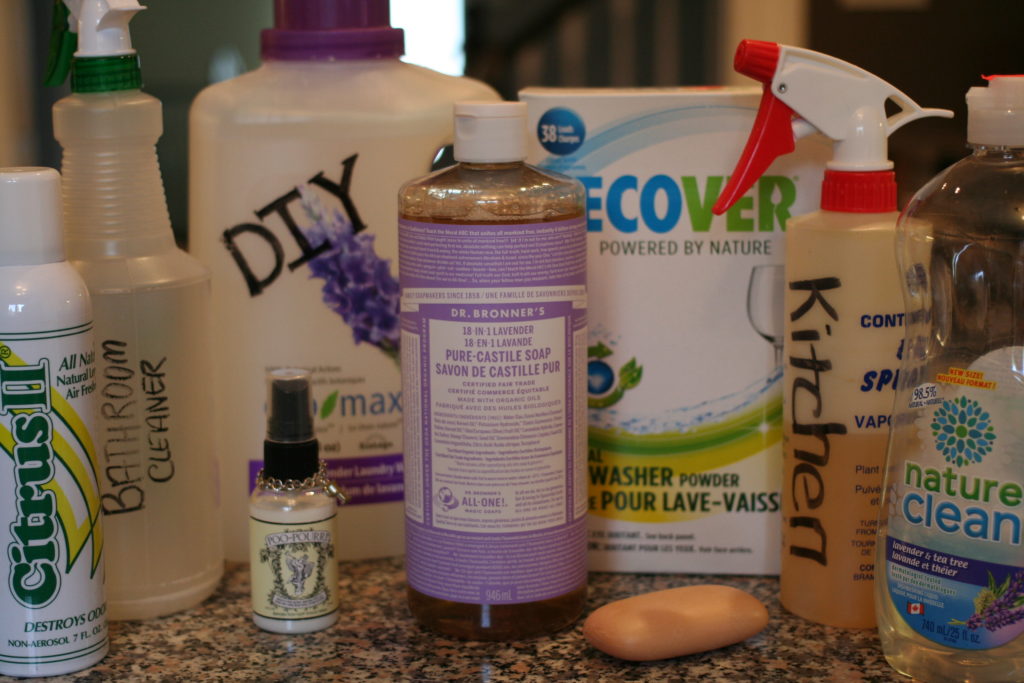
2. Personal Care
First and foremost – stop using perfume/cologne. It is purely synthetic and made of almost exclusively dangerous toxins. Over hundreds of toxic chemicals that the company is not required to disclose – it’s proprietary info. It’s the number one thing you can do to reduce your toxin exposure. Ok, now that that’s out of the way, here are my favourite products (sort of in order of use during the day):
- Shampoos & conditioners by Prairie Naturals. They have a variety of types based on hair-type. I personally use the avalanche line in the winter (helps with dry scalp) and the moroccan moon line the rest of the year. Some people have success with the no-poo method, but it didn’t work for me.
- Soap by The Soap Works. I use this for my hands and any parts of my body that need a good scrub – like my feet if I’ve been barefoot! But honestly, I usually just use a loofa and water in the shower.
- Toner – DIY. I dilute 1 part apple cider vinegar with 4 parts water and store in a little spritzer container in the shower. I use this on my face, neck, chest, shoulders and upper back. It tightens pores, but also helps mitigate blemishes. If my diet has been off a bit and I find some odour emanating from the armpit region, I’ll spray some on there too. I rinse off immediately after spraying!
- Moisturizer – argan oil or olive oil (as part of oil cleansing method, see below)
- Make up by Pure Anada. I love this brand. It’s Canadian and works so well. I used to buy it at The Big Carrot on the Danforth, but now order it online. It’s mineral make up, so it lasts me years. Other mineral-based make ups are great options as well. Just be careful not to inhale!
- Deodorant – DIY. I used to use my DIY deodorant, but a client of mine makes her own and it’s the best I’ve ever tried. I’m working on getting her to sell it!! Before I changed my diet, healed my gut and balanced my hormones, I was a major sweater. It was bad. I never wore t-shirts. Grey was a nightmare colour. Ugh, it was the worst. So this was the last thing I changed. For the longest time I used Tom’s anti-perspirant – which still had the aluminum for reducing sweating, but the rest of the ingredients were pretty darn clean. I still sweat a fair amount, but not anywhere near what I did before balancing my body! I even own a grey t-shirt! That I wear on not very hot days… 😉
- Perfume. I’ll be honest, I don’t use any. It was never really my style anyways, they always bothered me. However, I do sometimes use essential oils as perfume (especially blends designed for mood balancing like Peace & Calming if I’m going to an event which I know I’ll find overwhelming, or Valor if I need a confidence boost). Pacifica is an easy to find brand of perfume that is mostly essential oils.
- Face-cleansing / moisturizer. I follow the oil-cleansing method which I learned in The Purely Primal Skin Care Guide. It works wonders for my skin (after a few weeks of adjusting) and I can’t imagine going back. It took a little trial and error to determine the right oils (which is complicated by the fact that winter and summer have different requirements – always have for me), but it’s amazing. Another way I save a TON of money.
- Toothpaste – Earthpaste is my favourite (it does a great job whitening too), although we sometimes have Jason’s.
UPDATE: I am also including a variety of Beautycounter products as part of my regular routine. Click here to learn more.
TOP PRIORITY: anything that has the word “perfume” or “parfum”, followed by things that stay on your skin. So moisturizer is more important than shampoo.
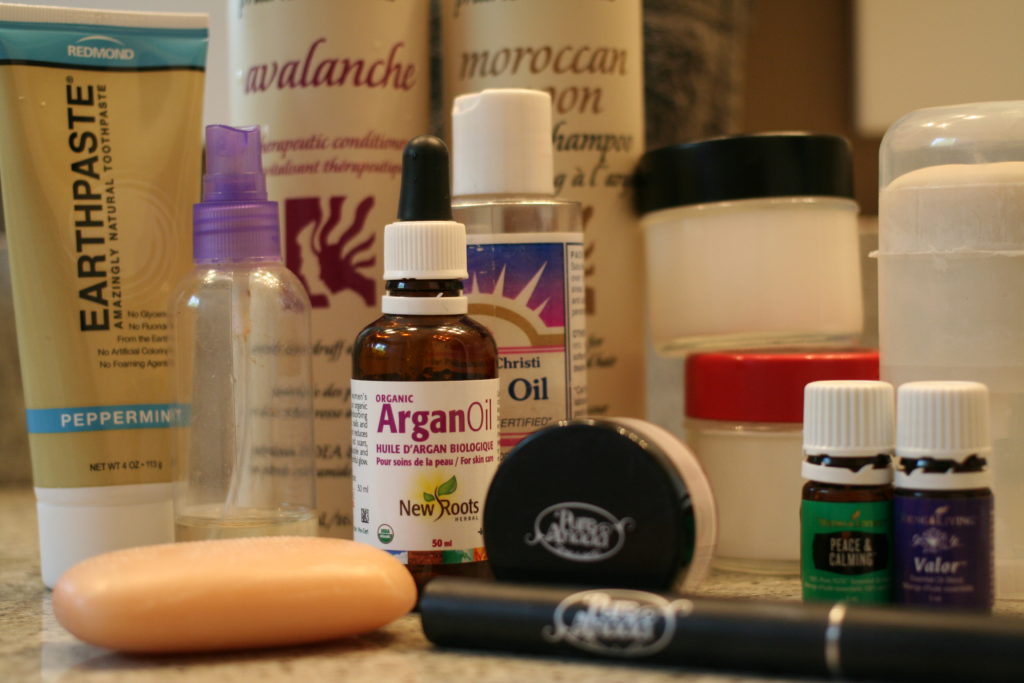
3. Water
Drinking/ice/tea/kombucha etc. This was a very important area for us, since it is a major area of exposure and our water is full of SOOOO much junk. As soon as we bought house, we did some digging into the best water-filtration unit. We were willing to spend thousands on a whole-house system, but after doing some research (made easier by The Wellness Mama) we ended up going with a Berkey. At around $450, it was perfect for our soon to be growing family. Easy to use and gets rid of everything we don’t want, while also remineralizing. Bonus is it’s free-standing so when/if we move, we can take it with us. The best compliment we received was from a friend who said our water tasted like the water on his parents farm (in a very remote area!) – especially cool since the water that goes into the filter smells like a swimming pool. NOTE: previous to the Berkey, we used a Brita which has its downsides but is better than nothing. As soon as the water filtered through I dumped it into a glass juice jug so it wasn’t sitting in plastic all day.
Shower/bath – we also installed filters on our shower heads, and bought a bath ball. This is important because we actually absorb more chlorine through baths and showers than drinking. One of the mechanisms for this is gaseous chlorine in steam gets inhaled and crosses the lung barrier. There are several options available at health food stores – we’ve used both the Santevia and The Original Bath Ball.
TOP PRIORITY: this is a tough one, I’d say both. But from a financial perspective, I’d do what we did – shower filter + basic water filter to start.

4. Food
First and foremost, stop eating man-made, fake foods. It is a good idea to always avoid the following:
- Food dyes / artificial colours (That means sprinkles, candy and common beverages like gatorade. There are dye-free options at health foods stores if you absolutely need it.)
- Artificial sweeteners
- Artificial flavours
- Vegetable oils
After that, we purchase organic whenever we can. Not because organic foods contain more nutrients (although many do), but because of what they don’t contain – pesticides, herbicides, fungicides, hormones, antibiotics and genetically modified DNA. The order in which we prioritize that is as follows:
- Meat. This gets the top priority since it concentrates toxins up the food chain. Purchasing quality meat impacts your health, the health of the animals and the health of the environment. This includes animal-fats like lard, tallow, bacon-grease, duck fat etc. The fattier the meat, the more important, since toxins are stored in animal fat.
- Dairy. We don’t eat dairy (both have serious allergies), but if we did, it would absolutely be grass-fed or organic for the same reasons as above. This includes butter/ghee.
- Dirty Dozen vegetables & fruit. The reason this isn’t at the top, is if our budget is a little tight, we don’t buy these guys. We’ll stick to the veggies on the Clean Fifteen and buy them conventional.
- Other produce. If the price isn’t too much different, I”ll buy the organic version of the Clean Fifteen – because it is better for us and the environment. However, if it has been flown across the continent/world, I won’t.
Other foods to consider buying organic include:
- Corn. If it’s not organic, it has been genetically modified to secrete it’s own pesticide that damages the intestines of the pests that eat it, which kills them. (sound familiar?)
- Soy. If it’s not organic, it has been genetically modified to withstand ridiculously high levels of RoundUp, so everything around it dies, but the soy doesn’t – it just gets covered in it and then we eat it! Keep in mind that RoundUp used to be used on lawns (remember the commercials??) and is now banned in areas like Toronto, because it is so toxic.
TOP PRIORITY: fake foods, followed by fatty cuts of meat.

5. Plastics
Even BPA-free plastics. Plastics are toxins. End of story. BPA-free plastics have just had a different plasticizer used, that doesn’t have the drama around it. Same stuff, different day. The most important ways to avoid plastic include:
- Temperature. Never heat food in plastic! Even for a few seconds! Don’t put hot food in a plastic container either. This includes leaving your water bottle in the car in the sun.
- Acid. Highly acidic foods break down the plastic, which then leaches into your food. Tomatoes and citrus are the most common culprits.
- Fat. Foods that are high in fat/oil also leach plastic out of the solid state. So whenever possible buy oils and nut-butters in glass.
- Water. With the amount of water we need to drink, our exposure to plastic sky rockets. Recyclable water bottles start to degrade as soon as you open them, so definitely don’t reuse those. But even standard water bottles break down over time. Choose stainless steel or glass instead.
Dry foods are not nearly as much of a concern. So storing things like baking ingredients, grains (if tolerated) and spices in plastic isn’t something to worry about! For kids dishes – silicone is great option! Keep an eye on places like Canadian Tire, which often have sales on glass tupperware. Also start reusing jars instead of recycling! I wash salsa and nut butter jars, and reuse them for freezing food, DIY mayo and broth!
TOP PRIORITY: heating food in plastic.

SUMMARY
Reducing your overall exposure to toxins is a process – trust me, I know! It probably took me a good 2 years to fully clear out my house of toxins. You don’t need to change everything all at once (unless that’s your personality type). Just making 1 or 2 small changes can have a huge impact. Do some research. Determine your priorities. Consider speeding up the process a bit if you are / plan to be pregnant or have little ones at home, but don’t stress! To help prevent stressing, at the end of each section above, I highlighted the top priority, to help you start your detoxing journey. Enjoy the process and learn as you go!

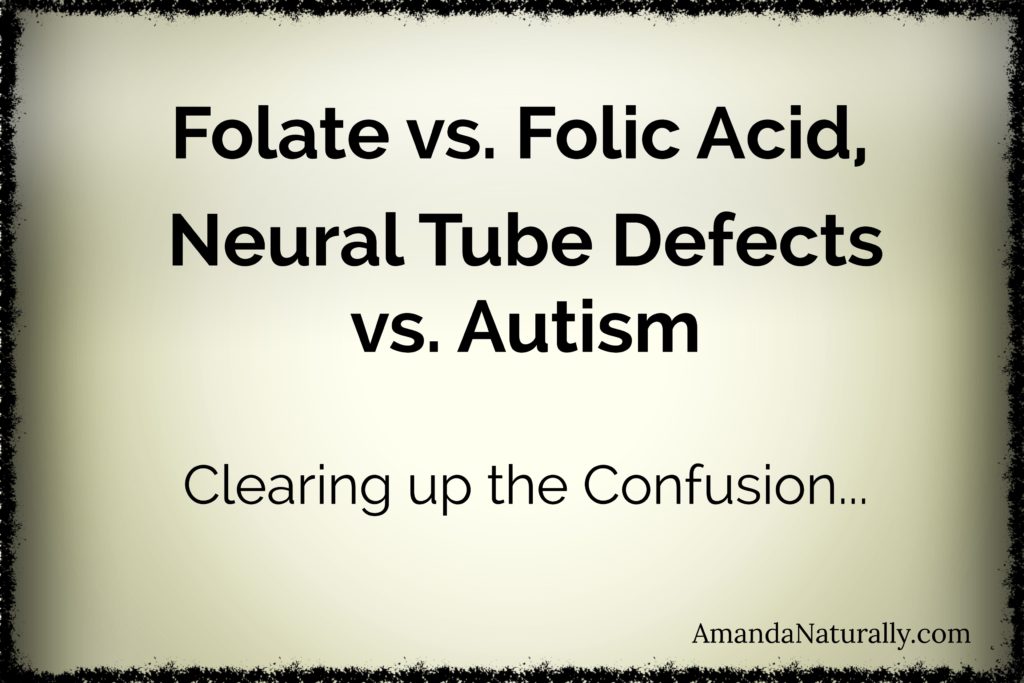
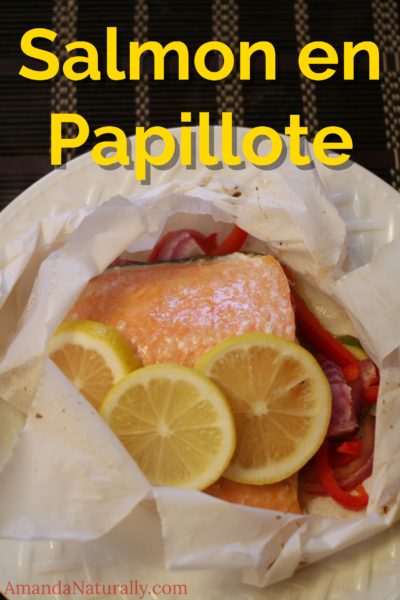 This recipe sounds fancy. It looks fancy. It tastes fancy. But it’s so darn easy. Which is amazing, since over or under cooking fish is the worst!!
This recipe sounds fancy. It looks fancy. It tastes fancy. But it’s so darn easy. Which is amazing, since over or under cooking fish is the worst!!